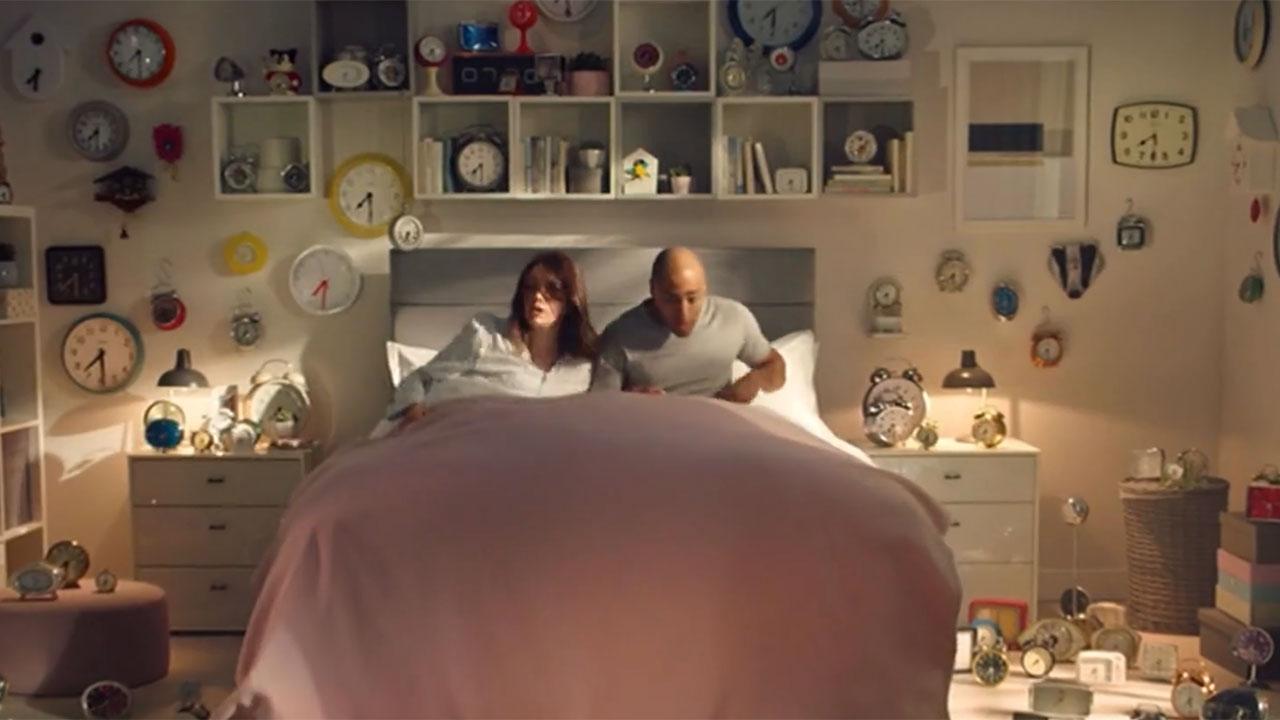How long should my ad be?
The standard length of a TV ad is 30 seconds long and approximately half of all ads are 30 seconds. However, ads can also be 10, 20, 40, 50, 60 seconds or longer. Your ad needs to be a multiple of ten to fit into the ad break.

How long your ad should be will depend on:
- How long is needed to tell the story
- How complicated the message is that you want to convey
- Whether your ad is primarily about brand building or activation
- How familiar viewers are with your brand already
- Your budget
Short and sweet
Sometimes brands opt for a time length that is shorter than the average, for a variety of reasons.
A brand might start their campaign with a longer time length and then revert to a shorter version of the ad once viewers have become familiar with the longer version and the story it tells.
Or a shorter time length might be used to deliver a quick call to action for an activation campaign.
A brand might use short time lengths to build awareness, deliver cut through or to generate higher frequency.
Sometimes, ads can be super short and these are called blipverts. Usually, blipverts are two seconds long and most likely there will be five of them in one break to make the equivalent of one ten second spot. Blipverts are often used to create excitement or intrigue about a new product or variant or film launch. They can be used to generate curiosity about what is to come and then are followed up by a longer ad later on that provides more information.
Epic/long form
Sometimes, 60 seconds is just not enough to tell your brand story or you want to create an epic longer ad to launch a new campaign. A long form ad might be 90 seconds or 2 minutes long or even longer. Often, these long form ads are premiered to launch a campaign and then they will switch to a shorter time length for the remainder of the campaign.

Usually, John Lewis use this approach when launching their big Christmas ad. For Christmas 2021, they launched with a long form ad that was 2 minutes long, before reverting to 60 second spots.
Research into time lengths
In 2019, we conducted some research looking into the impact of different time lengths.
You can read about the full findings of this study here
However, the key findings were these:
- Longer ads have benefits over shorter executions
- Longer ads act as memory ‘anchors’
- Longer ads enhance image memory
- Brand awareness decays faster than brand perception
Time length factors
If you are using a time length that is not 30 seconds, you will need to apply a time length factor. These are as follows:
| Seconds | Time length factor |
|---|---|
| 10 | 0.5 |
| 20 | 0.8 / 0.85 |
| 30 | 1.0 |
| 40 | 1.33 |
| 50 | 1.67 |
| 60 | 2.0 |
This means that if your budget enabled you to buy 100 30” TVRS, this would be equivalent to:
200 x 10”, 117.6/125 x 20”, 75 x 40”, 60 x 50” or 50 x 60”
As you can see, 40s, 50s and 60s have factors that are in direct proportion to the 30 second factor. However, there is a slight loading on 10s and 20s. This loading is partly to protect the viewer experience and partly to protect the advertisers from too much clutter - in a 3-minute ad break, it’s far better to have six 30 second ads rather than 18 ten second ads!
 Thinkbox
Thinkbox